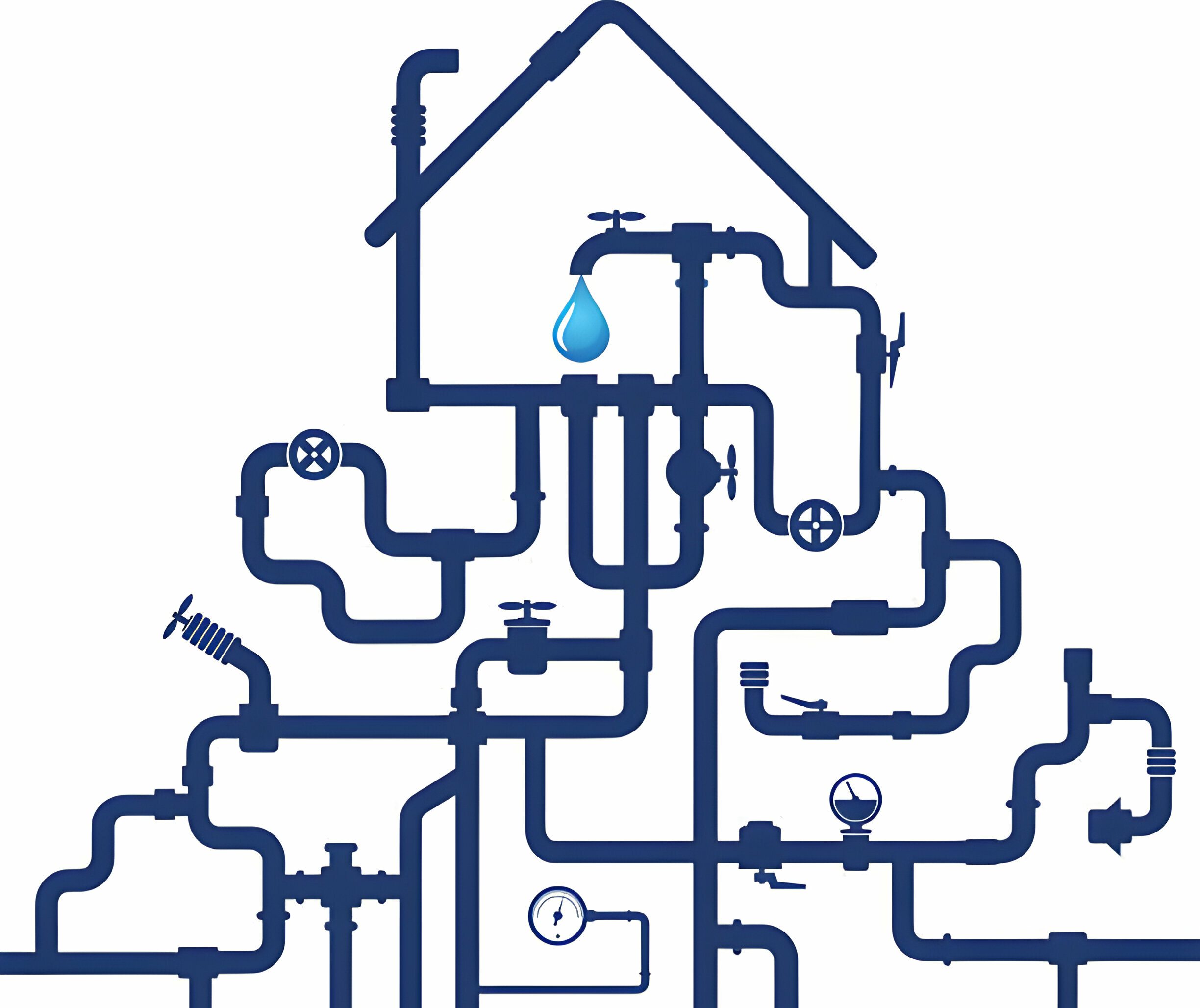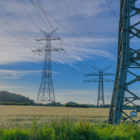Have you ever wondered how water gets to your tap? Or how the water in your toilet vanishes when you flush it? All these magical mechanisms are made possible by a plumbing system. But exactly what is plumbing system?
What is Plumbing System?
A plumbing system is a network of pipes, tanks, and fittings. It provides an entry for water and heat to enter a building. It allows water to enter a building and provides a reliable drain for wastewater as it exits. However, the plumbing system depends on various factors, including the type of building and the budget.
For instance, if you check a two-pipe system, it would have two vertical pipes. One is used for toilets, while the other could be used for showers or basins. Each pipe comes with its vent pipe. A one-pipe system connects waste and soil pipes to a common one that leads to the main sewerage system.
Components of a Plumbing System
A Plumbing System Consists of Several Important Parts:
- Pipes: These are like the highways of the plumbing system. They carry water from one place to another. Pipes can be made of materials like copper, plastic, or steel.
- Fixtures: They are the endpoints of the plumbing system where water is used. Examples include sinks, toilets, showers, and bathtubs.
- Valves: Valves control the flow of water in the pipes. You can turn them on or off to start or stop the water flow.
- Water Heater: This device heats water for showers, sinks, and appliances like dishwashers and washing machines.
- Drains: These pipes carry wastewater away from fixtures and out of the building. They lead to the sewer system or a septic tank.
How Does It Work?
Plumbing systems work on the water pressure process. It’s simple! When water is pushed into the pipes, it creates pressure which put pressure on water to flow through them. It’s this pressure that let water flow from taps and down your drains.
Supply System vs. Drainage System
There are two main parts of a plumbing system: the supply system and the drainage system.
Supply System:
This part brings fresh water into your home or building. Water is usually supplied by a municipal water company. It enters the building through a main water line and is distributed to fixtures through smaller pipes.
Drainage System:
Once you’ve used the water, it becomes wastewater. The drainage system removes this wastewater from your home or building and sends it to either a sewage treatment or a septic tank.
Maintenance and Repair
Like any other system, plumbing systems require maintenance to keep them working properly. Regular inspections and repairs are necessary to prevent leaks, clogs, and other problems. It’s important to fix any issues promptly to avoid water damage and costly repairs.
Conclusion
Plumbing System is an essential component in a construction. It brings the needed water in and then takes it away as it has finished serving its purpose. It contains of pipes, connections, valves and other materials. These include controlling the water intake via the control of inflow and outflow. Consequently, knowledge of how your plumbing system operates will benefit you a lot in that you will understand the convenience it offers and manage it properly to guard against emergencies in the future.






5 Sewer System Installation Practices and Guidelines - Welcome to Menara EE Sdn Bhd
[…] Sewer System Installation Practices and […]